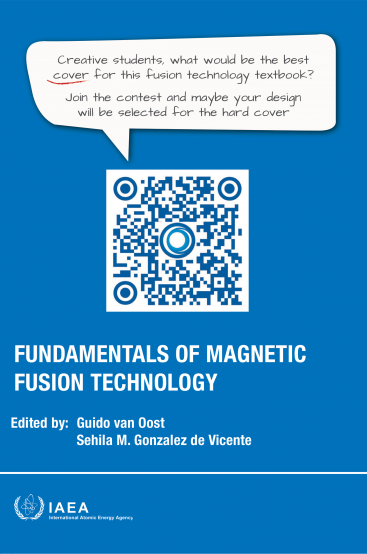The education of scientists and engineers in fusion science and technology is essential to the success of the ITER project, and to the goal of realizing fusion as an viable energy source. A large number of scientists and engineers will be required in two main categories: "Plasma physics" and "Fusion technology and engineering".
The coming decades the fusion R&D programme will shift from being science-driven towards a technology-driven and industry-based venture. The transition will focus on technologies and standards associated with the 'nuclearization of fusion', which has consequences for the competences of the workforce. Fusion research shows an increasing and very import spin-off in many fields of science and engineering.
The objective of this textbook is to contribute to the consolidation and better exploitation of the achievements (in science, engineering and industry) already reached in the past, and to tackle the present challenges, with the main focus on the "Fundamentals of Magnetic Fusion Technology". The twelve chapters of this book, written by twenty-five experts, cover a wide range of topics: magnetic fusion and fusion reactors, plasma heating and current drive, plasma diagnostics, plasma control and data analysis, magnetic confinement, plasma facing components, fusion neutronics, materials for fusion reactors, vacuum pumping and fueling, tritium handling and tritium plant, remote handling and maintenance, stellarators.
The cover of this book will be designed as part of the textbook cover contest, which can be found here!

